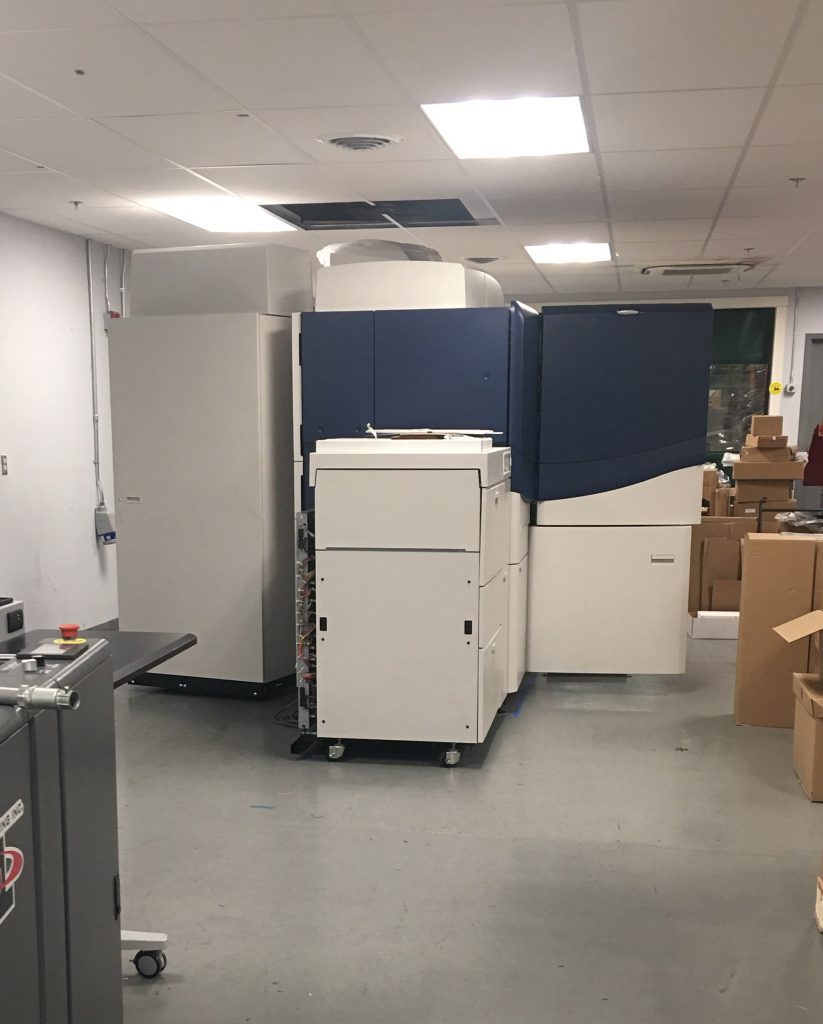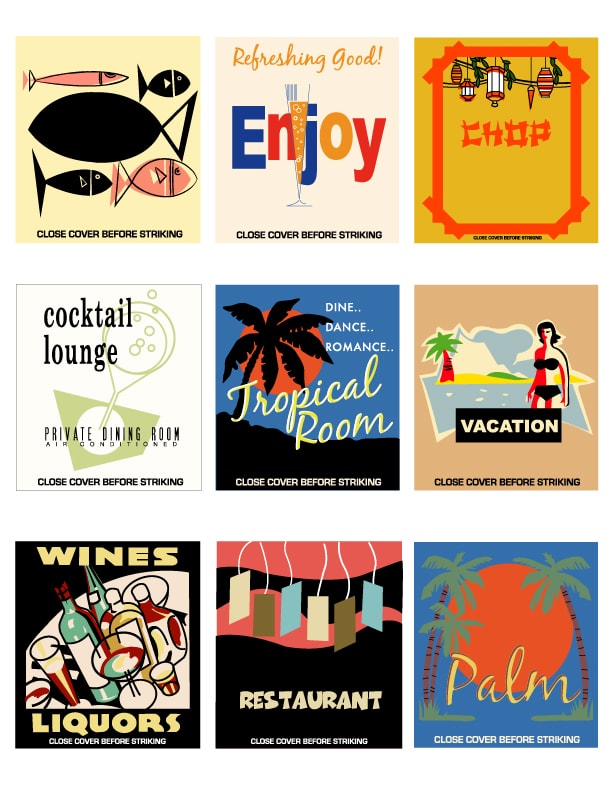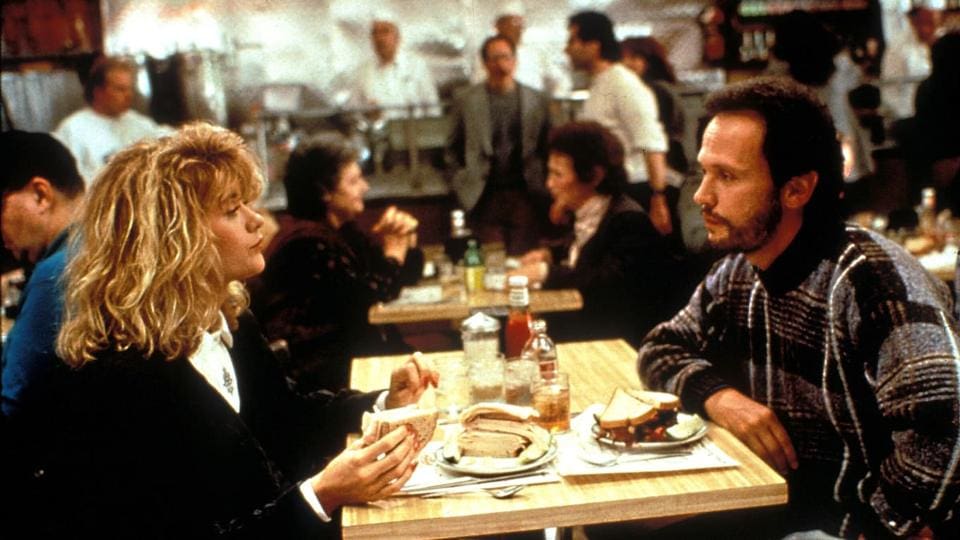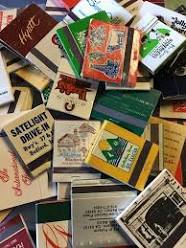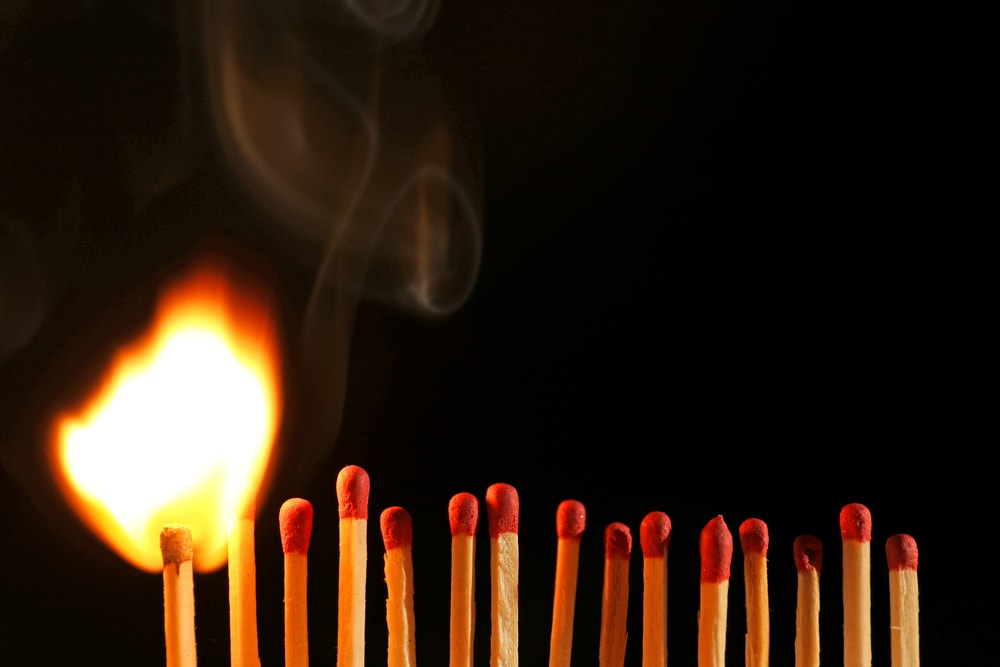The Global Match Kickoff of 1912
The story of the American Match
Industry could read like a suspense novel.
There are villains and heroes; there is suffering and victory. There is
planning and conniving, deception, and old-fashioned bad luck.
The 100-year saga takes place
across the globe, in countries from Sweden to India to Australia to
Brazil. In those days, when travel was
primarily by train and boat, it took tremendous persistence and motivation, to
grow an industry and replicate a newly mechanized production model. The American Match Industry is a subset of a
much larger, more complex global economy of matches and the production of
portable, convenient, reliable fire.
In the beginning, there was
fire. And to harness that fire,
strapping it to a wooden stick for maximizing profits, was Ivar Kreuger (monopolistic Swedish financier). Ivar Krueger was the engineer behind the
Swedish Match domination of the world match commodity market. [To read the Swedish Match version of the company’s
history, visit www.swedishmatch.com]. Apparently, Ivar was driven by profits, and
didn’t always care how it was delivered.
Some say his plan was to acquire and/or build every match factory in the
world, at which point he would raise the prices [and spend his days counting
all his money]. Maybe that is
true. Or just maybe he was a very
clever, overly successful business leader and entrepreneur. We can’t really know. I can only glean so much from his Wikipedia page.
Ivar died by suicide in 1932, he
was just 52 years old. His family
thought the circumstances were suspicious, but the investigation didn’t pan
out. For an interesting read about the
life and death of this business titan, try The Match King, by Frank Partnoy.
Over the decades, the match
industry underwent multiple mergers, acquisitions, and bankruptcies. Even Ivar’s beloved Swedish Match evolved and
transformed itself multiple times across every continent. Almost every wooden match factory in the
world had some association with Swedish Match, including our very own Beal
Industries, in Kingston Jamaica. The
Bean Family partnered with Swedish Match to run a factory in Jamaica producing Comet
brand matches for the local market. The
factory closed just 10-years ago, due to competition from imports.
Few industries have a history
dominated by so many mergers, acquisitions, and bankruptcies. The industry refuses to wink- out without a
fight. After all, the world still needs
fire and matches are portable, dependable, and comparatively inexpensive. Today, in 2019, there is just one match
factory in America. You guessed it –
D.D. Bean – which acquired Atlas Match and Eddy Match in 2016. The final chapter in a long sequence of
mergers and acquisitions. The industry consolidated. Keeping the flame alive.
Fortunately, D.D. Bean / Atlas
Match, the Bean family, and the 84 Bean-family-of-workers, are here to tell the
story of the American Match Industry.
Being the only surviving match factory in America, gives D.D. Bean an
editorial right and obligation to tell the story in all its anecdotal glory. In subsequent blogs, we will try to fairly
and honestly tell the tale of the industry.
We will provide some facts and statistics, maybe even dazzle with charts
and graphs. But in the end, it will be the
personal stories and nostalgic tales that capture the essence of this
old-fashioned, smoke-stack industry.
As you read about our story, and the story of the American Match industry, you might think “who really cares?” “I never thought about matches before, so why now?” And maybe you don’t really care. But you should, and here’s why.
- The story of matches is the story of bringing
fire to the homes of millions of people in far-away, even remote parts of the
world, as well as our own communities here.
- Matches were the invention that boosted the
quality of human life.
- Matches brought cooking indoors, and light where
there was none.
- Matches could be easily carried from place to
place – portable fire.
- Cooking food and staying warm was never more
convenient.
- Reading and writing long into the night was made
possible by matches and candles and lamps.
- Matches are sometimes given away for free (what
else can you get for free today?)
Looking back to 1912, and how
the Swedish Match empire grew, it was inevitable that match production would
spread, because match production was like providing water or oxygen. Matches were affordable for even the poorest
households and people needed matches.
But that may not be why Ivar Kreuger and his team built match factories
around the globe. Without the rise of the
Swedish Match production model and Ivar Kreuger’s thirst for profits, the global
match industry would look much different today.
Let’s imagine that for a
minute. In 1918, Swedish Match installed
the first continuous match machine
in the Kalmar, Sweden. Next, this was rapidly
duplicated globally. The company had created
the most efficient match machinery ever used (still in use today), trained
local staff on how to operate and fix it, and provided all the raw materials
needed (at a cost) for the factory to operate.
Sounds a little like a modern-day McDonald’s franchise. A complete turn-key setup. It was destined to succeed. Locals were paid for important work, and
managers were often recruited from the local communities.
What if Swedish Match had not
globalized match production, but each nation was left to evolve their own match
production. I think it would look much
different today. Instead of wooden
matches in Brazil, you might have something like Mexico – Wax “Vesta”
matches. Or maybe the South American countries
would have innovated something completely different given their natural
resources. We will never know. Swedish Match equipment (branded ARENCO) is
still operating today in Chile, Brazil, Sweden, and India. Maybe even Pakistan and South Africa.
As it turns out, Swedish Match also
operated wooden match factories in America.
But for some reason, a different trend emerged. Call it match-industry evolution. Paper matches emerged in the 1940’s and
coexisted with the wooden match industry in America until 2017 (when the last
wooden match factory closed).
To learn more about the paper
match industry in America – the sole surviving segment of the match industry
today – look for the next blog installment titled “The American Match
Industry”. And if you have any comments
regarding this prelude to the American Match Industry Story, please email me at
jbartlett@ddbean.com.

